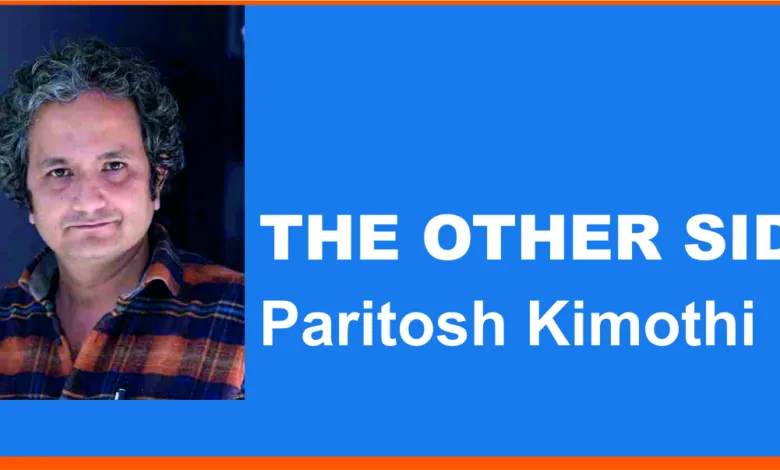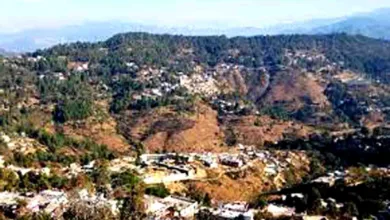Solutions which create more problems

THE OTHER SIDE
Saturday, 19 October 2024 | Paritosh Kimothi
One was recently listening to academic and author Roy Casagranda talking about the origins of Russia. He said that centuries ago when the Ukrainian nobles were unable to efficiently rule over their lands, they hired Viking mercenaries to do their work. The group of mercenaries known as Rus, realised that instead of taking orders, they could rule the land themselves as they were the only armed men, and created Kiev and Rus which was followed by the foundation of Russia. History and international affairs may seem disconnected from the subject of this piece but a similar situation appears to have been developing in Dehradun and elsewhere in Uttarakhand where the aspects introduced to make life better and easier do not appear to be having the intended effect.
Even till a decade ago, open spaces, greenery, clean air, the sound of birdsong and enjoyable weather were a common feature of living in Doon. With the passage of time, the open spaces were taken up by tightly packed residential and commercial structures even as congestion became a regular feature of roads where earlier one could ride or drive without frequent braking.The authorities have taken various measures like building flyovers, widening some roads and removing some encroachments to reduce congestion. However, the congestion appears to remain consistent. As reported in this newspaper, one of the reports of the Central Road Research Institute (CRRI) based on a study of five key metro stations in Delhi, has suggested that construction of flyovers and underpasses, and widening of roads or right of way are not better approaches and solutions to deal with congestion and heavy road traffic. Such new infrastructure projects can actually increase the number of cars on the roads and worsen sustainability, the report states. It is not just about congestion on the roads but the evident lack of urban planning in Dehradun which makes one wonder what the provisional State capital and other parts of the State will become in a few more years.
For example, thousands of trees were cut in the urban area for construction and ‘development’ works with some now stating that there is little space left in the city either for planting trees or for new constructions without axing trees. Instead of the living trees, the authorities got trees and other gaudy works painted on boundary walls and buildings in various parts of the city. This strange replacement of the living with artificial representations was encouraged as beautification. Along with the greenery, the open spaces and playgrounds have also gone. The open grounds in the neighbourhood where one could indulge in sports and exercise or simply chat with friends have mostly been gobbled by constructions while plotting is either underway or planned in the few remaining open spaces in the suburbs. Not everybody can afford the time and resources to access the indoor facilities and few remaining grounds in the centre of the city, where non-sporting events are not infrequent. Even as the police clamp down on people drinking alcohol illegally in public places, the authorities seem to ignore the impact of actually facilitating sports and physical activities on the lifestyle choices and health of its citizens. The issue had also reached the Uttarakhand High Court last year when children facing lack of space to play sports had written to the chief justice. The fact that the citizens had to approach the court in itself raises questions at the government’s approach to development. Claiming to encourage sports while making it harder for citizens to indulge in sports and healthful physical activities doesn’t actually make the governance appear smart. It is ironic that the authorities meant to ensure planned development have done more to facilitate unplanned development while not efficiently engaging the citizens, as has been pointed out repeatedly by experts and activists.
With the opening of the Delhi-Dehradun expressway expected to reduce the travelling time between these two cities to about 2.5 hours in the near future and the government planning other major infrastructural projects in and around Dehradun, the future appears crowded and noisier. Development is inevitable but misplaced priorities and lack of planning tend to exacerbate its negative impacts, as is already being witnessed in the city. Similar situations have either developed or are building up in various other parts of the State. The government cannot be blamed for sitting idle as some works are being undertaken or planned to address these issues. The solutions are known but have to be effectively implemented. However, land resources and time are limited so the impacts of both the developments and the efforts to address the resulting problems will become visible soon while we go about our lives as if everything is alright.






